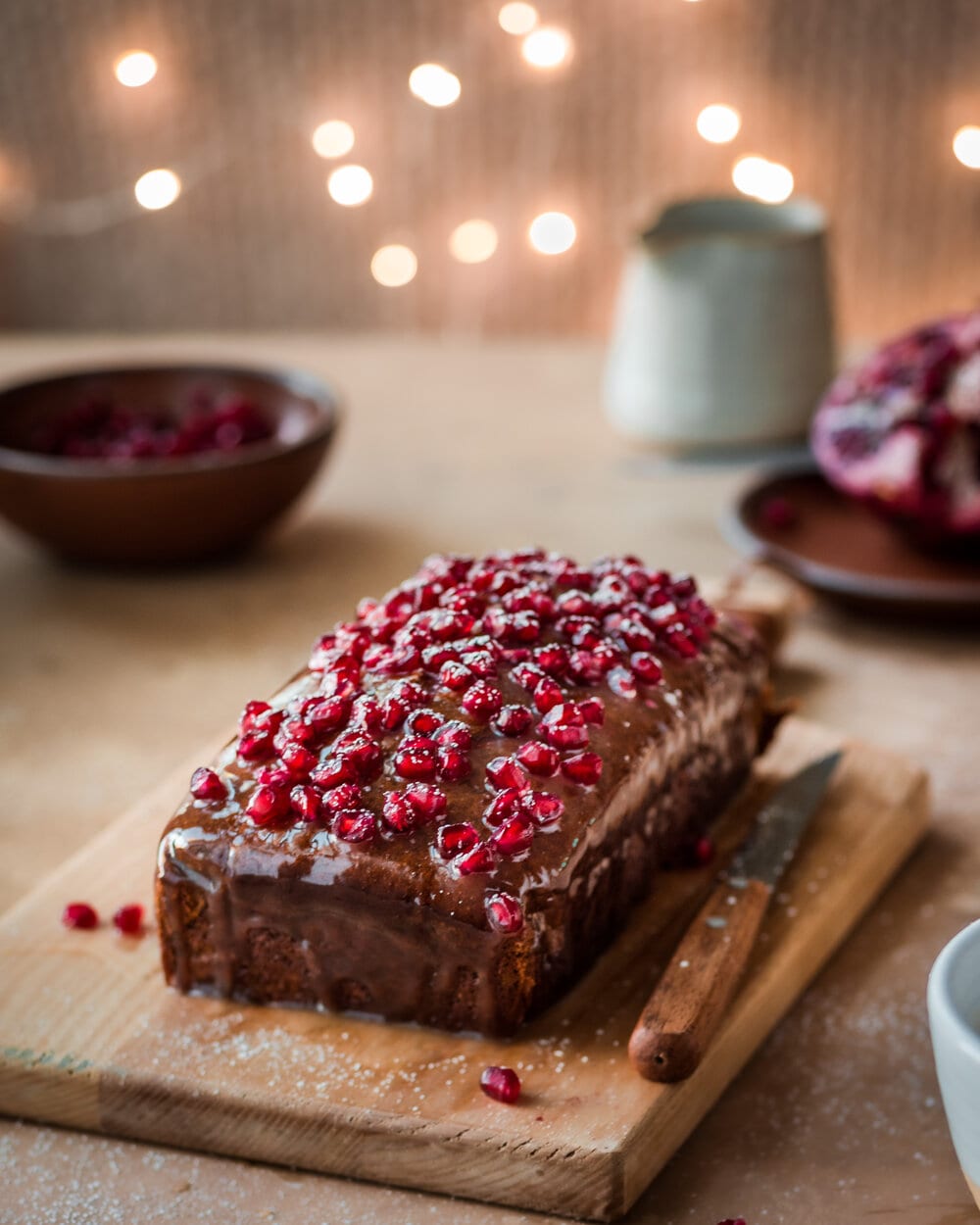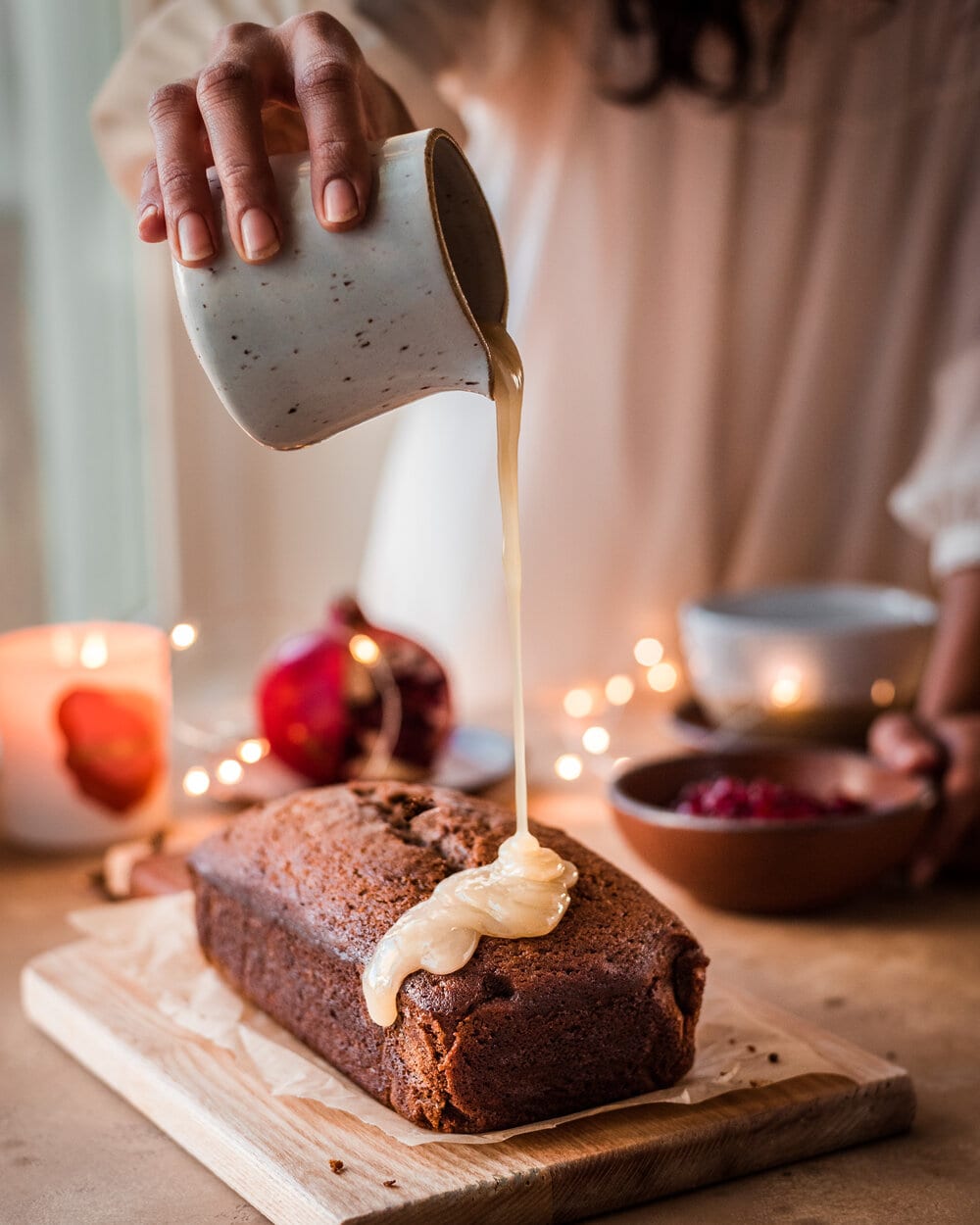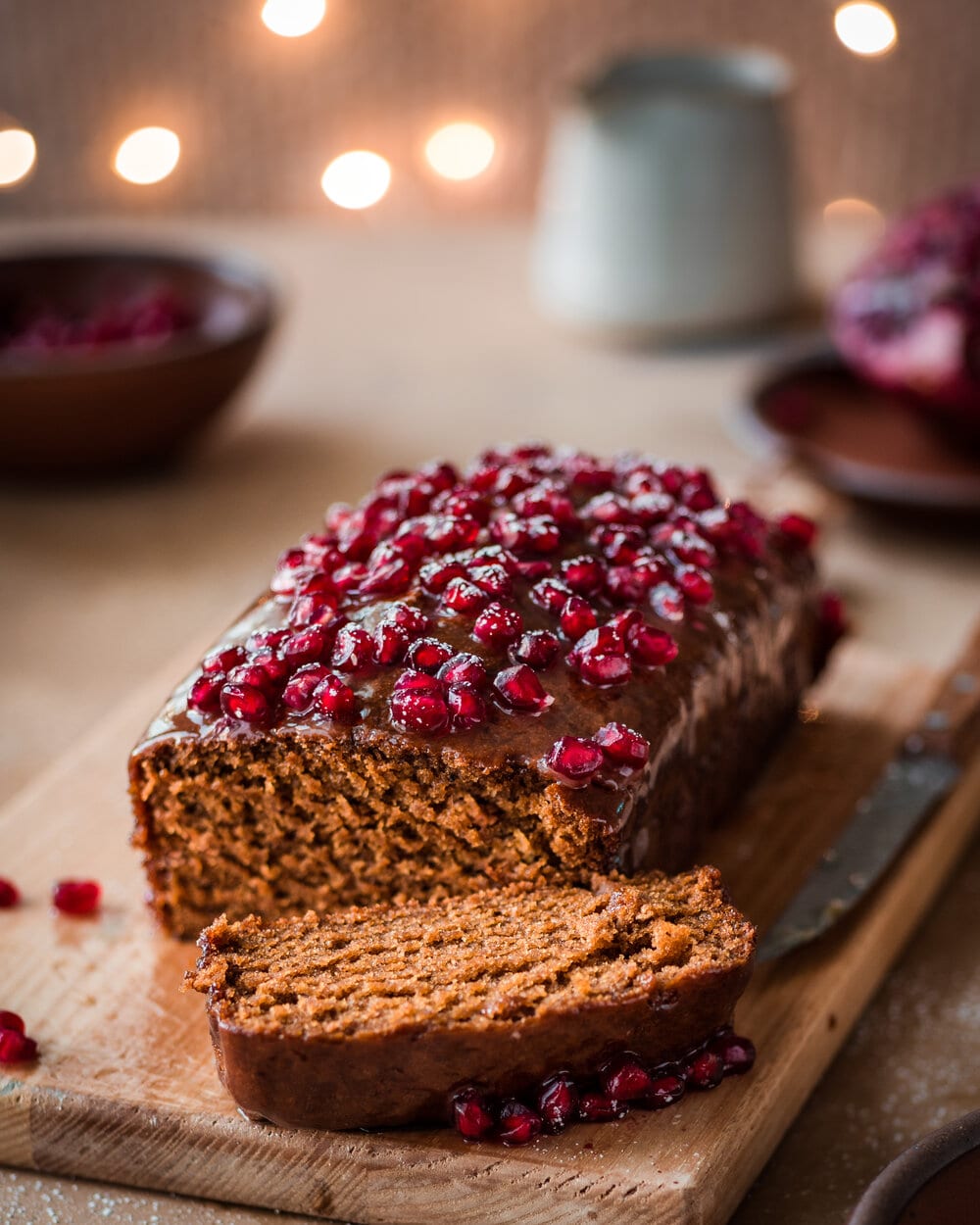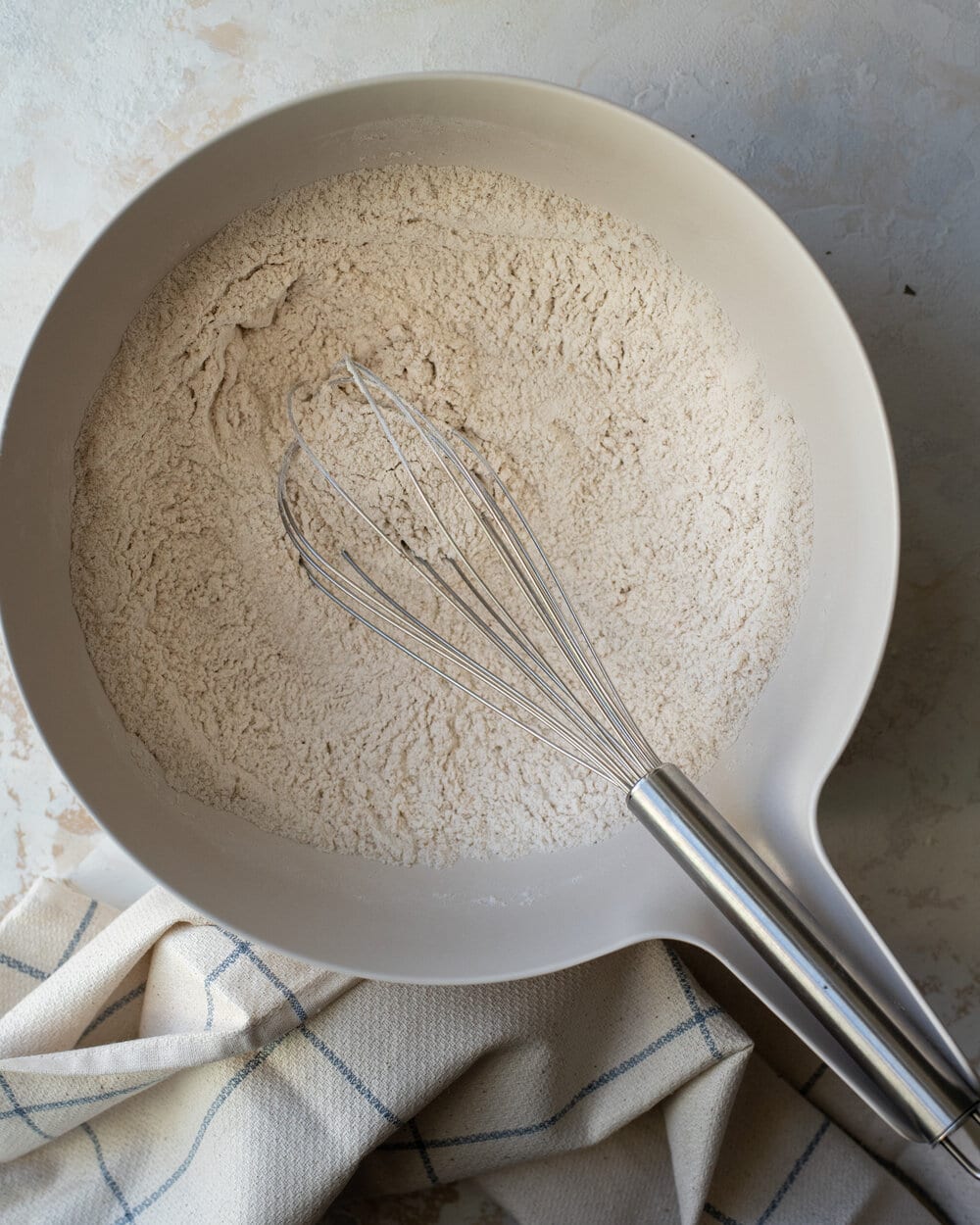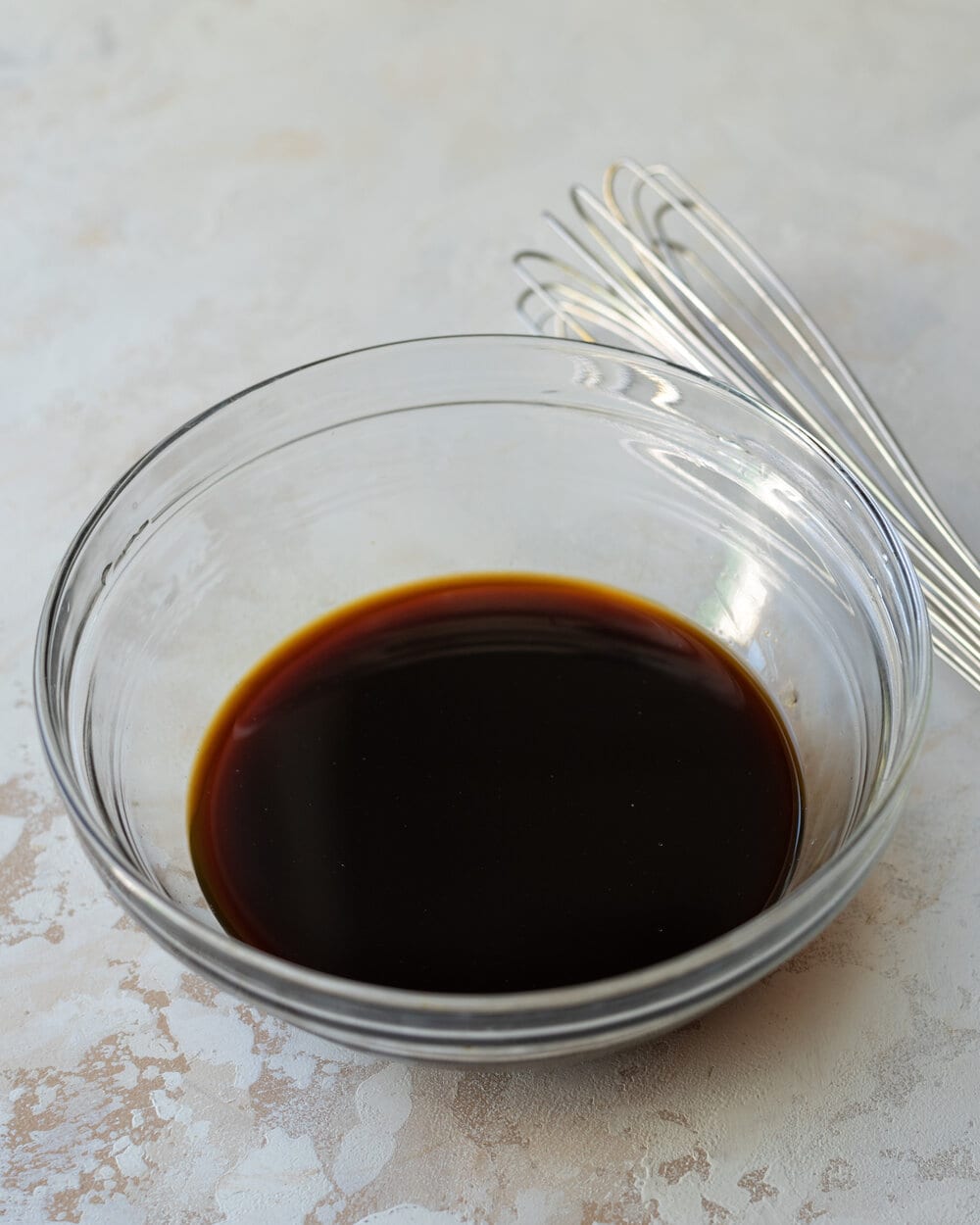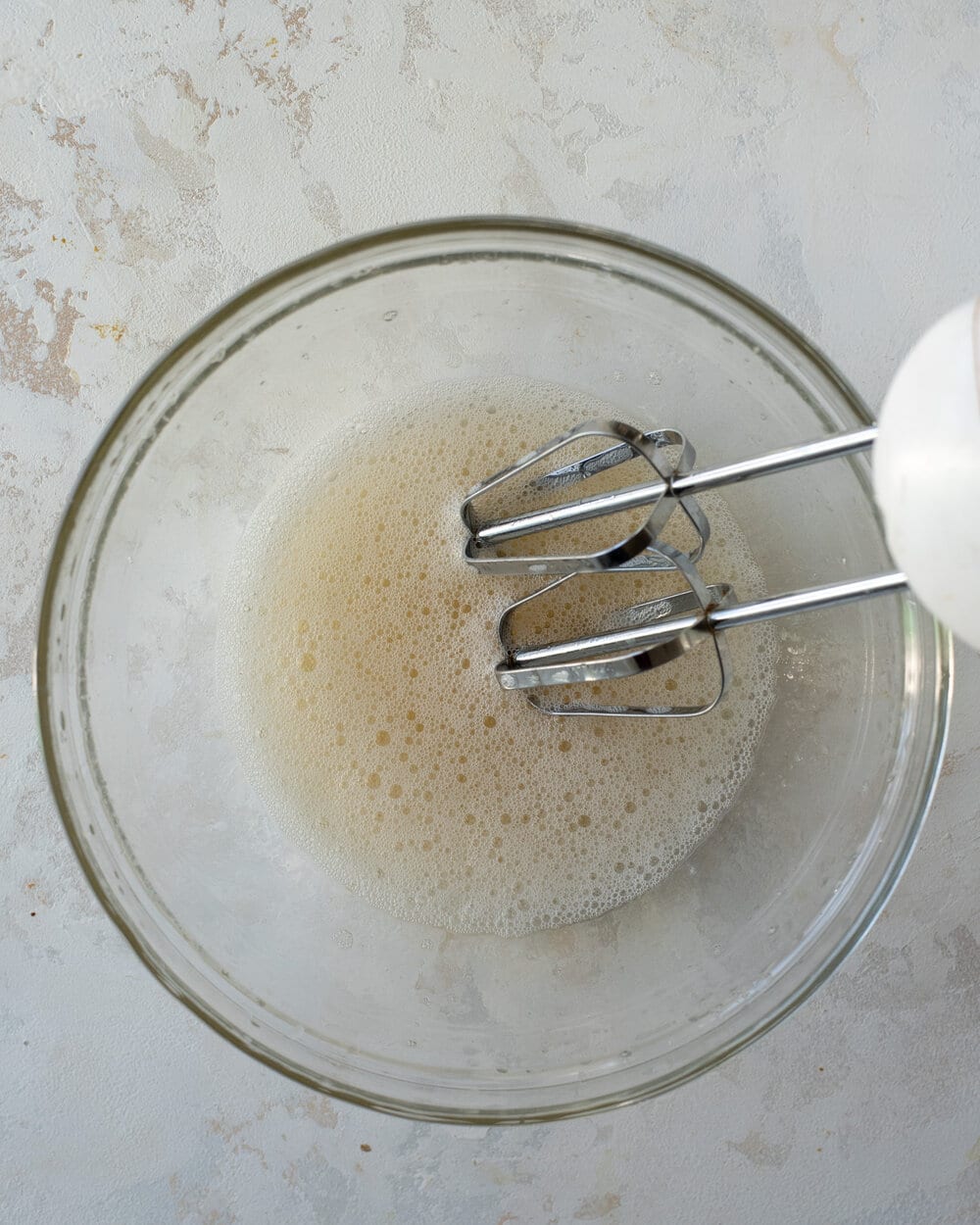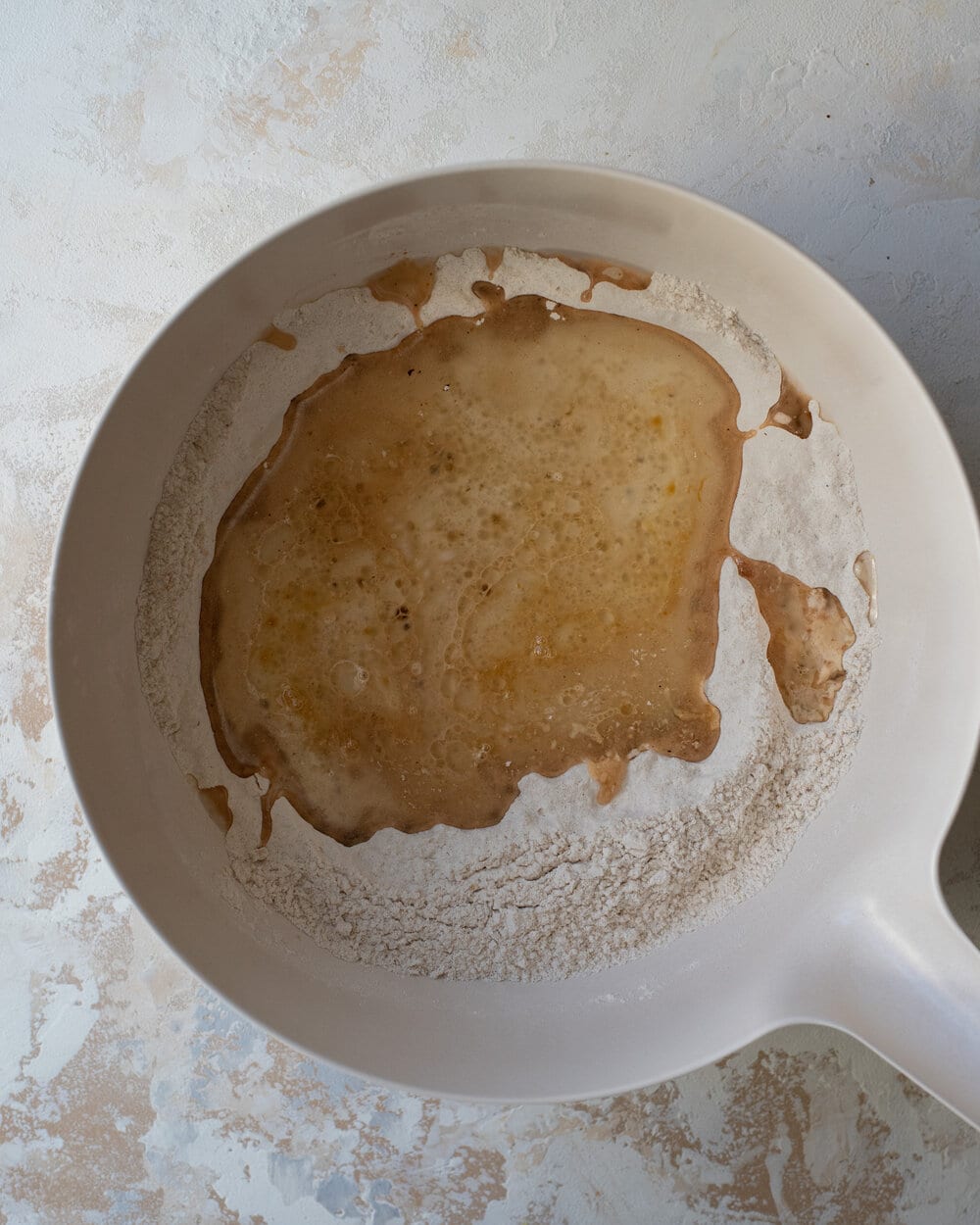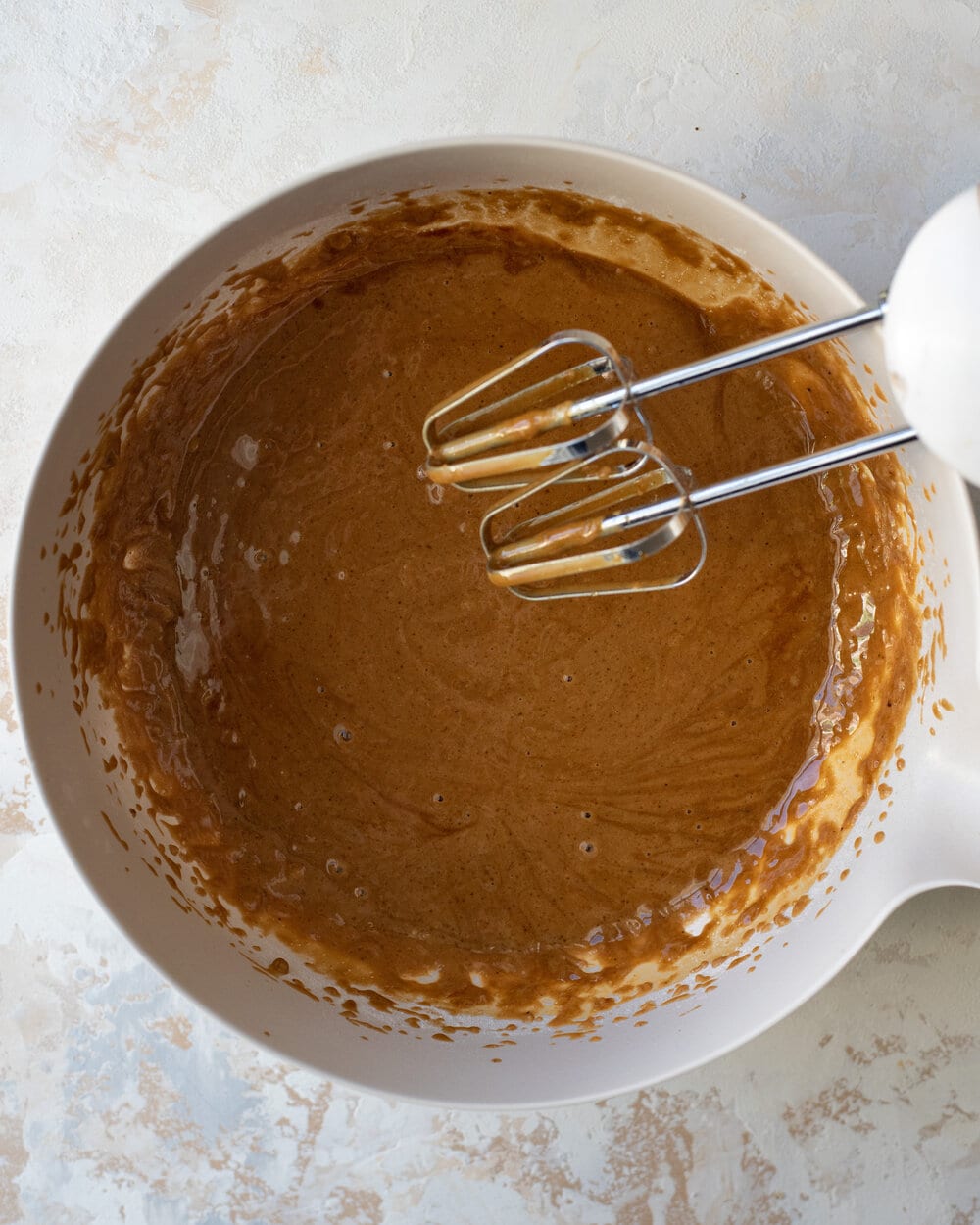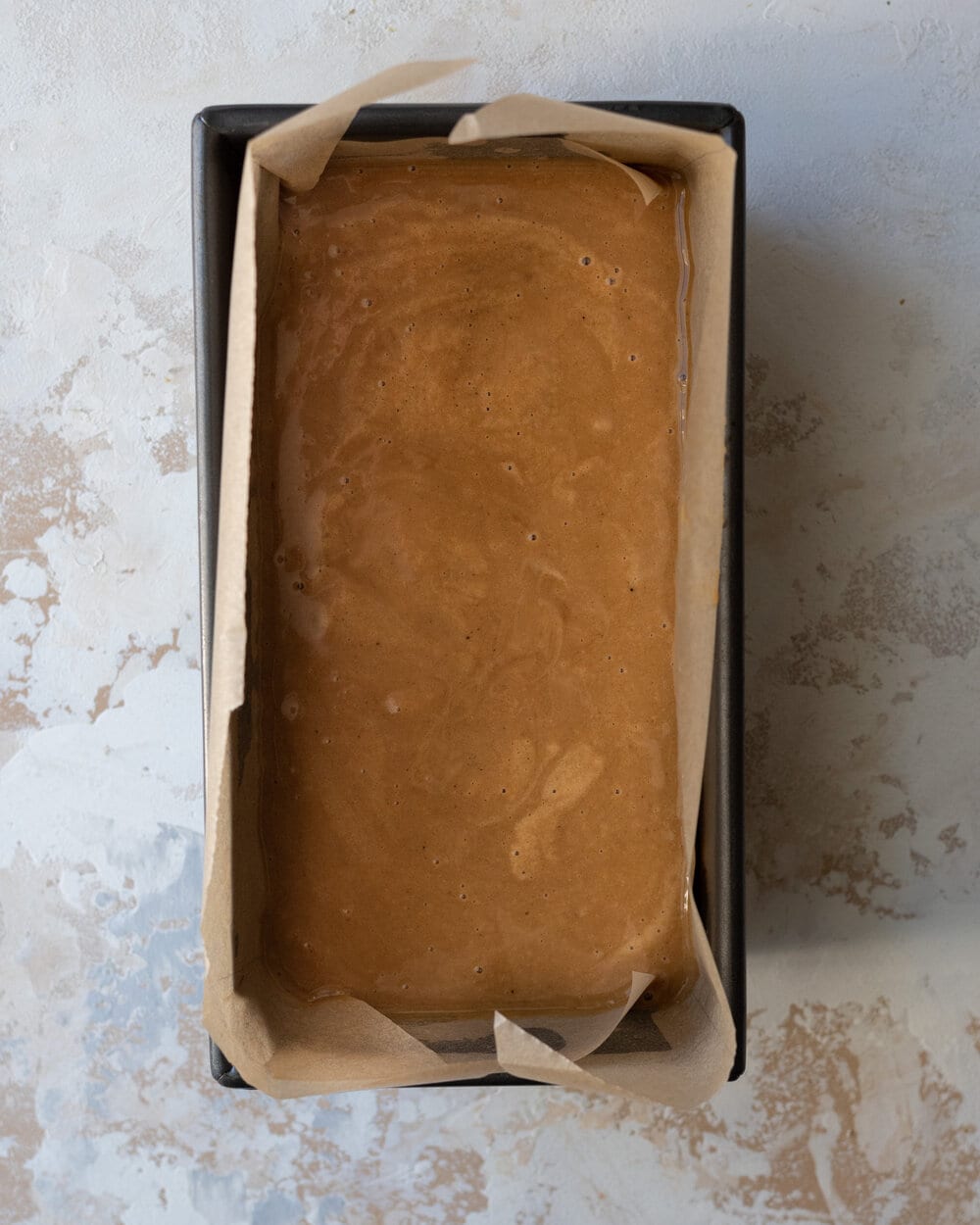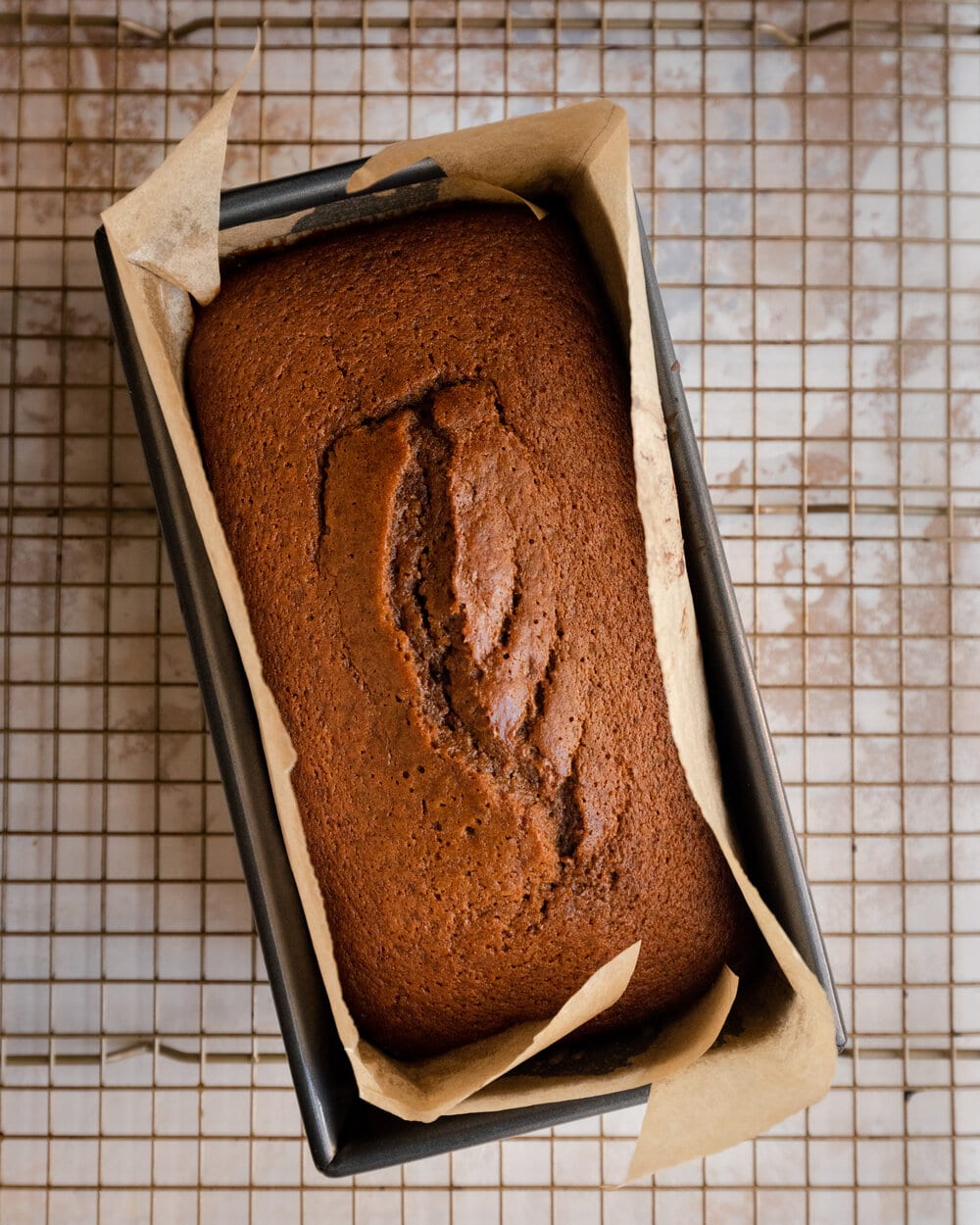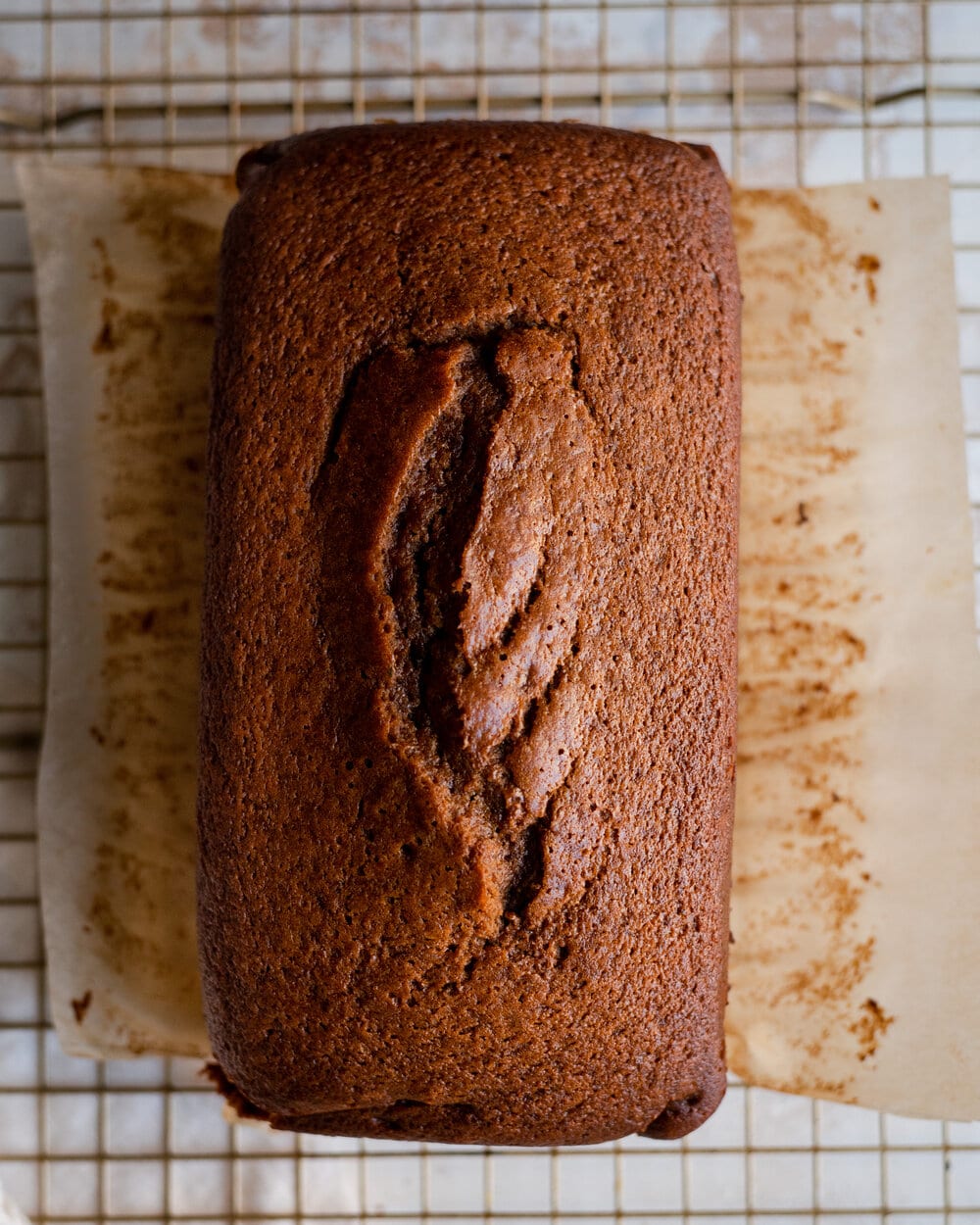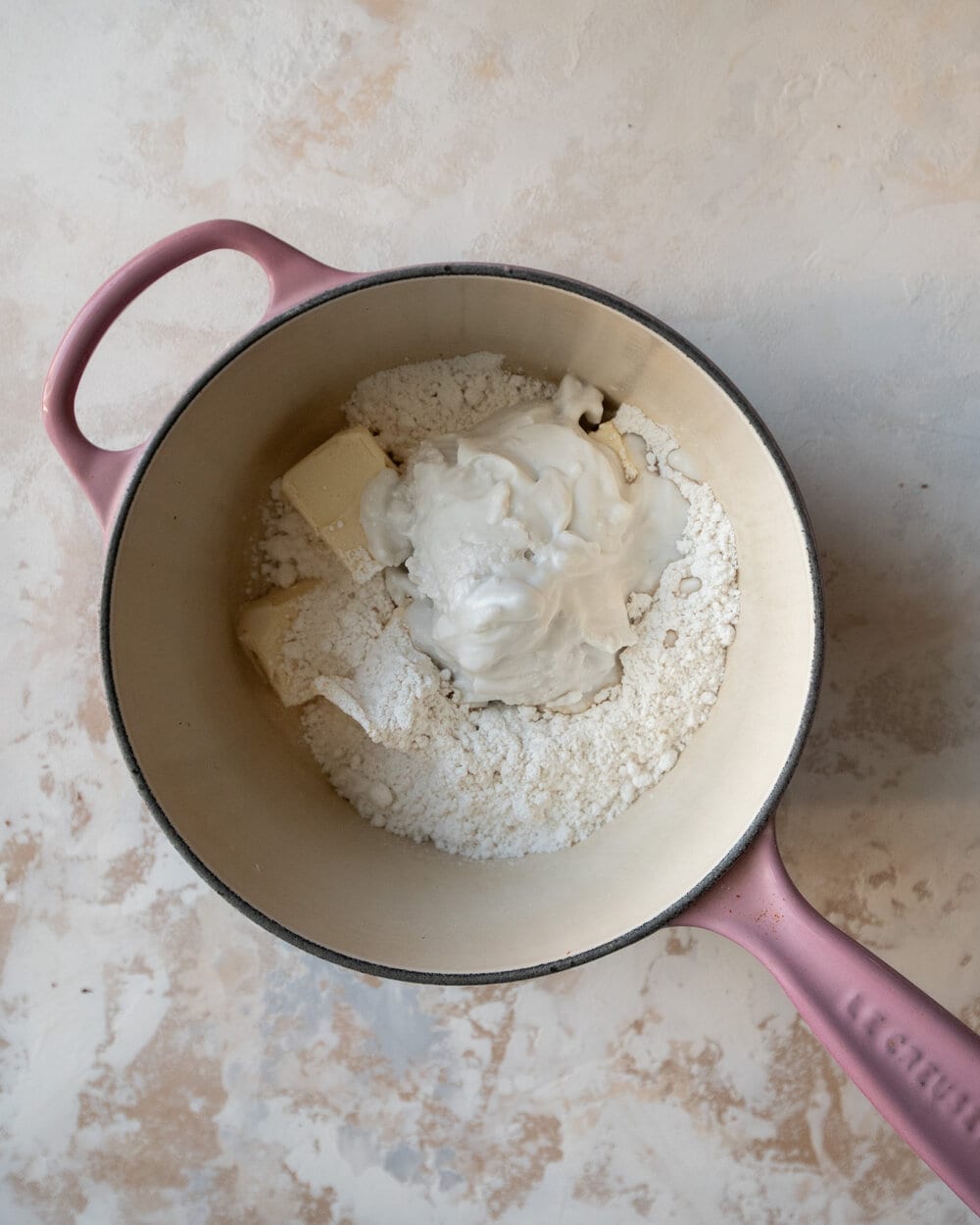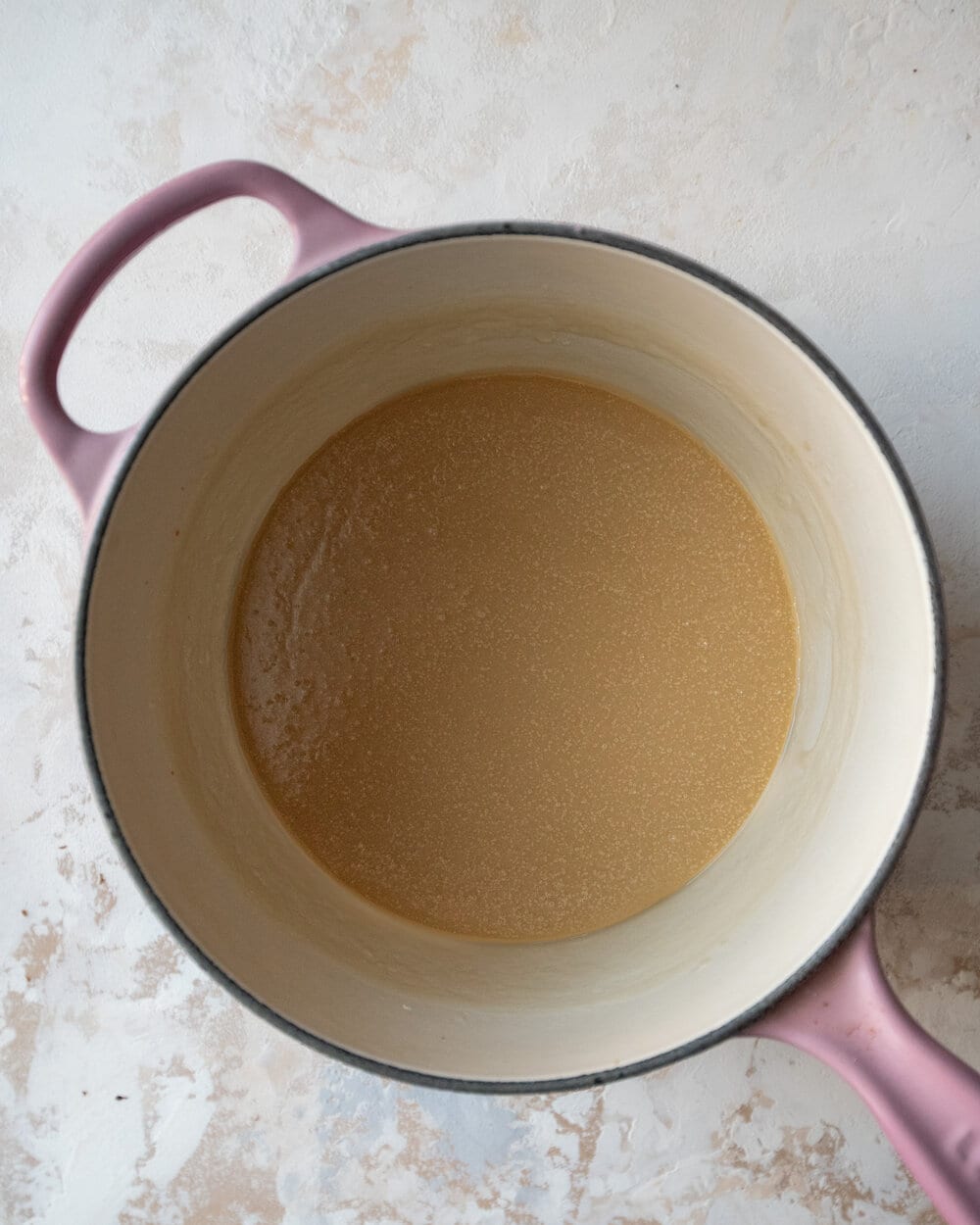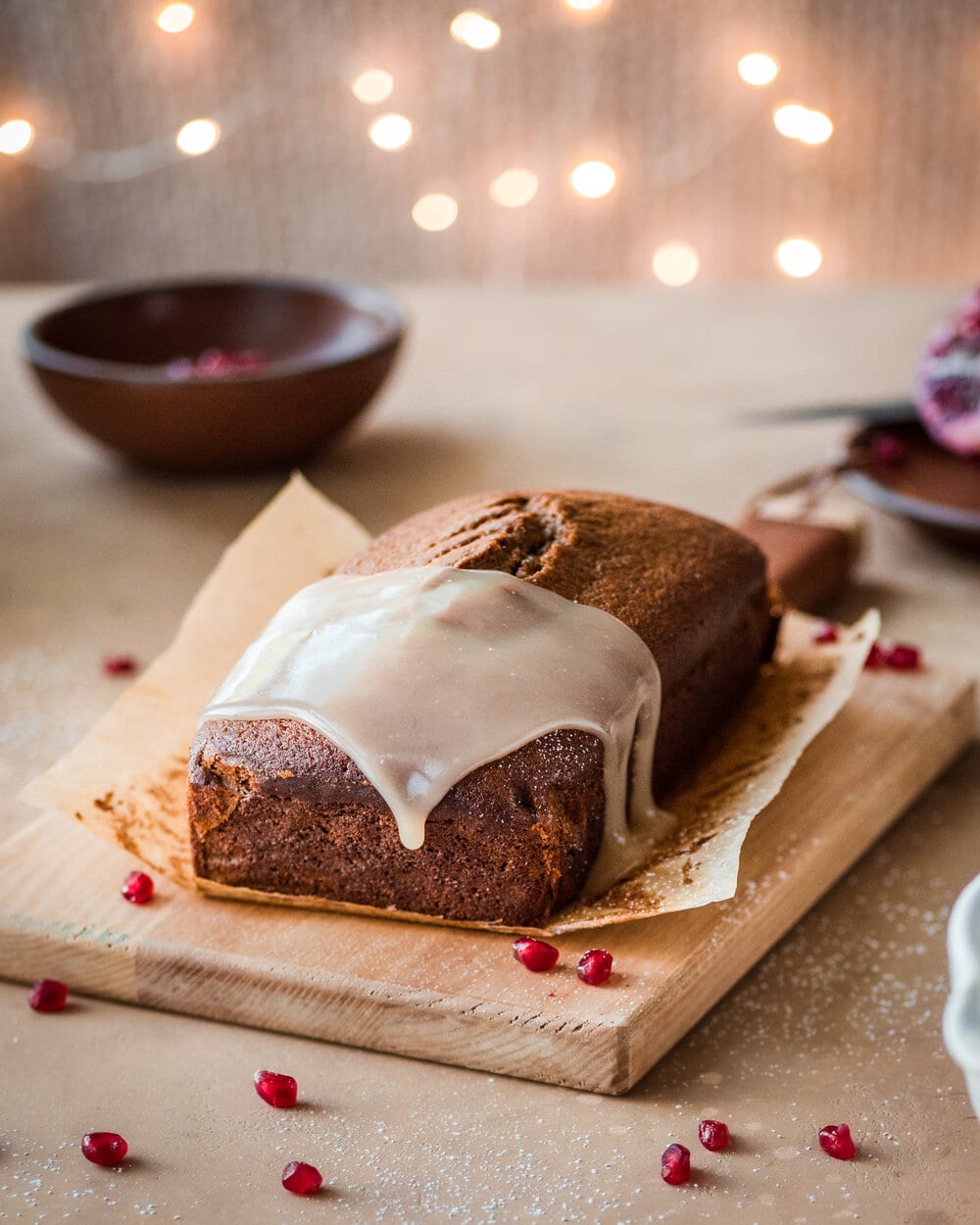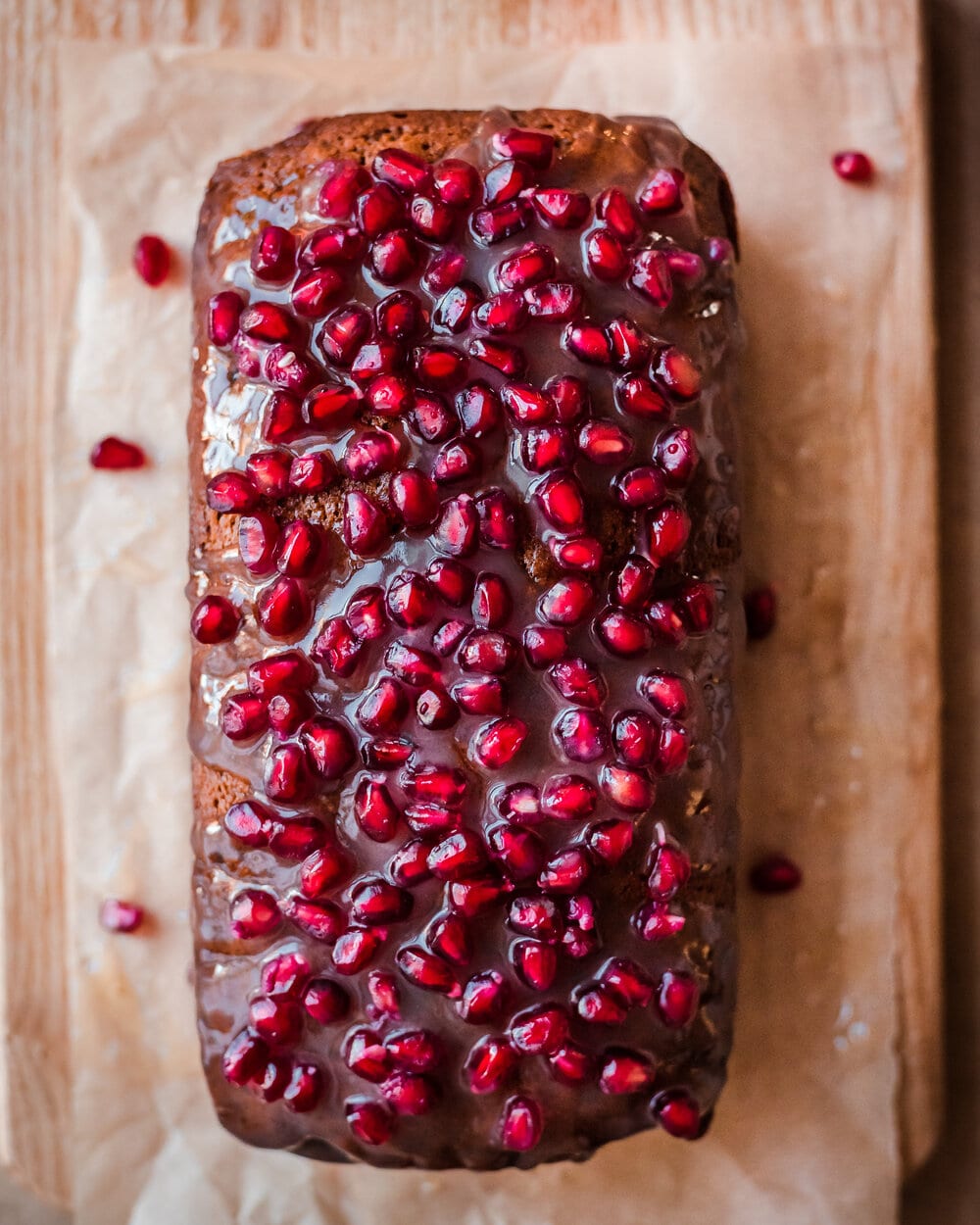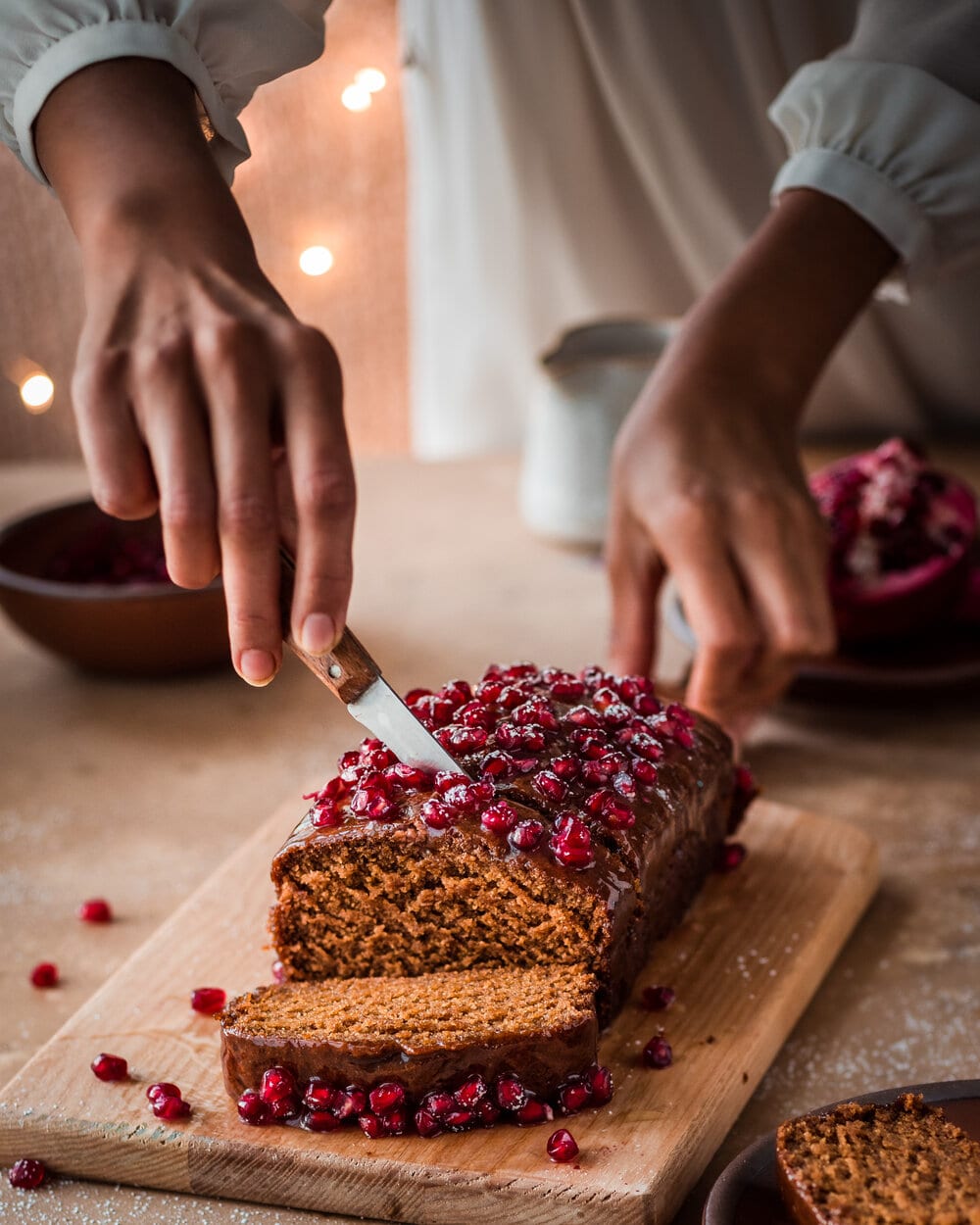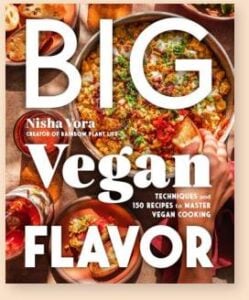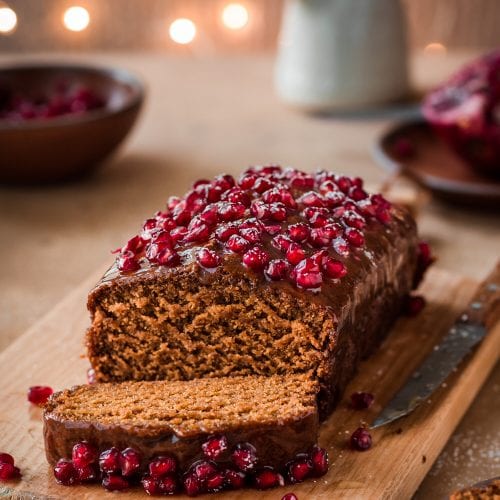Earlier this year, I released my 8-ingredient banana bread that very quickly became one of my most popular recipes. Not surprising because the texture was shockingly fluffy, light and tender. And that’s not something you typically associate with banana bread, especially a vegan banana bread. I then used that recipe as inspiration for my pumpkin spice bread, which is the perfect combination of moist and tender. And now I’m fusing the best of those recipes to bring you this incredibly Fluffy Vegan Gingerbread Cake. The cake is so light, tender, and buttery (without any butter) that it practically melts in your mouth. And it gets finished with a decadent vanilla cream sauce that is absolutely irresistible!
Why this recipe works
Simple to make. Like many loaf cakes/quick breads, this gingerbread cake is easy to make! No expert baking skills or fancy equipment is needed. Tender and fluffy. Most many vegan cakes, especially loaf cakes can be quite dense and heavy or dry. But this gingerbread cake is quite literally the opposite. It’s so light, tender, and fluffy that it almost melts in your mouth. Warming and cozy. There’s a generous amount of homemade gingerbread spice that will warm you up this season! Decadent and buttery. You could serve this gingerbread cake naked (i.e., plain) and it would be delicious. But for a truly decadent treat (it’s the holidays, after all), the vanilla cream sauce really takes this baby over the top! And if you’ve got warming holiday treats on your mind, my rich and creamy Vegan Hot Chocolate is a must-make!
Ingredient notes
Aquafaba
The type of vegan egg substitute you use should depend on the type of baked good you’re making and your desired texture. I have a whole blog post on the topic of vegan egg substitutes in baking if you’d like to learn more! With a cake, I want the texture to be airy and light, so I like to rely on aquafaba. Aquafaba is simply the liquid leftover from cooked or canned chickpeas. When you lightly whip aquafaba, as is done in this recipe, it turns foamy and light. This helps to create a light and fluffy texture and gives a nice lift to cakes. The first time I made this recipe, I didn’t use aquafaba, and the batter was so much denser, so it really does make a world of a difference!
Molasses + Coffee
Molasses is an essential ingredient in a gingerbread cake, but I want to offer a few caveats. First, please use regular molasses, not the blackstrap variety. While blackstrap molasses is very healthy (it’s rich in iron, calcium, magnesium), it is not great for baking. Molasses is the sticky syrup leftover when sugar has been boiled. The first boil yields a light colored, sweeter molasses. Blackstrap molasses is the result after the third boil, when the sugar is gradually extracted. That’s why blackstrap molasses is very strong in taste, quite bitter, and not very sweet at all. Blackstrap molasses is better used in savory dishes, such as barbecue sauce or beans. Or, if you want to use it to make a healthy beverage, such as this gingerbread hot chocolate. The second caveat is that molasses is very thick and goopy, which makes it hard to incorporate into cake batter. It can also make for a cake batter that’s too dense. That’s why I mix the molasses with hot coffee. It thins out the molasses texture while retaining its robust, warm and sweet flavor. But it also brings a nutty, spiced, almost chocolatey flavor from the coffee.
Step-by-step instructions
Combine the dry ingredients in a large bowl: flour, baking soda, salt, ginger, cinnamon, nutmeg, allspice, and cloves. Whisk the dry ingredients until well combined. Whip the aquafaba with an electric mixer until uniformly foamy. Mix together the molasses and hot coffee and whisk until well combined. Make a well in the center of the dry ingredients. Add the whipped aquafaba, oat milk, oil, brown sugar, vanilla, and molasses- coffee mixture. Using low speed, mix the dry and wet ingredients until just combined. Pour the cake batter into a lined loaf pan. Bake at 350F for 50-55 minutes, or until a toothpick inserted in the top sides of the cake comes out mostly clean with a few moist crumbs. Cool the cake on a wire rack, then lift the loaf out of the pan to cool completely. While the cake is cooling, make the Vanilla Cream Sauce. Add the powdered sugar, vegan butter, and coconut cream to a small saucepan. Cook until the butter melts, then bring to a boil and boil, whisking frequently, for 3 minutes. Off the heat, stir in the salt and vanilla. Drizzle the cake with the vanilla cream sauce.
Recipe video
Tips for making this recipe
I recommend using unsulphured molasses, not blackstrap molasses (it’s bitter). See the “ingredient notes” section above for more notes. I recommend using freshly grated nutmeg instead of ground. It makes a noticeable difference in baked goods. It’s sweeter, spicier, and more potent in flavor. Many readers have made one of my pumpkin desserts and have reported that the fresh nutmeg really does make a difference. Use a digital scale and/or measure your flour properly. I am a strong proponent of using a digital scale for all baking purposes, as it yields the most exact results. But if you don’t have a digital scale, please do not scoop the flour straight out of the bag or container. This always results in getting too much flour in your measuring cup, and too much flour = dry baked goods. Typically, when you scoop 1 cup of flour straight out of the bag/jar, you’re actually scooping closer to 1 1/4 cups in grams. In this recipe, that means, instead of using 2 cups of flour, you’re getting 2 1/2 cups of flour (not an insignificant difference). Instead, use the spoon and level method. Spoon your flour out of the bag/jar into the measuring cup until almost full, then use a butter knife to level it off. No overmixing! Once the wet and dry ingredients are just incorporated, stop mixing. The batter doesn’t need to be (and shouldn’t be) smooth. Lumps are okay because loaf cakes are rustic! Overmixing is one of the most common baking mistakes, and it can cause the gluten to overdevelop. This can result in cakes that are dry, tough, dense, or gummy. I use a standard 9×5-inch loaf pan (23×13 cm), but if your pan is slightly smaller (e.g., 8×4-inch), you might need to add an extra five minutes to the bake time. Get an oven thermometer and allow adequate time to preheat! Every oven is different, and if yours hasn’t been calibrated, chances are it’s a bit off. Plus, most home ovens don’t reach the stated temperature when the preheat cycle is over. Use a toothpick for doneness. To test whether a loaf cake is done, insert a toothpick in the top sides of the cake (insert the toothpick at an angle, not straight down). This angled position is a much more reliable indicator of whether a loaf cake is baked through. If there are just a few moist crumbs, the cake is done. I like to check the cake at 45 minutes and insert a toothpick in. If the toothpick reveals batter that is still a bit gooey, return the pan to the oven for 5-10 more minutes. If you’re worried about the top overbrowning, you can loosely tent the pan with aluminum foil. Every oven is different, but I’ve found that 50-55 minutes is the sweet spot for me. If you give this Fluffy Vegan Gingerbread Cake recipe a try, be sure to tag me on Instagram with your recreations and please comment with your feedback below!
Big Vegan Flavor
Techniques and 150 recipes to master vegan cooking.
